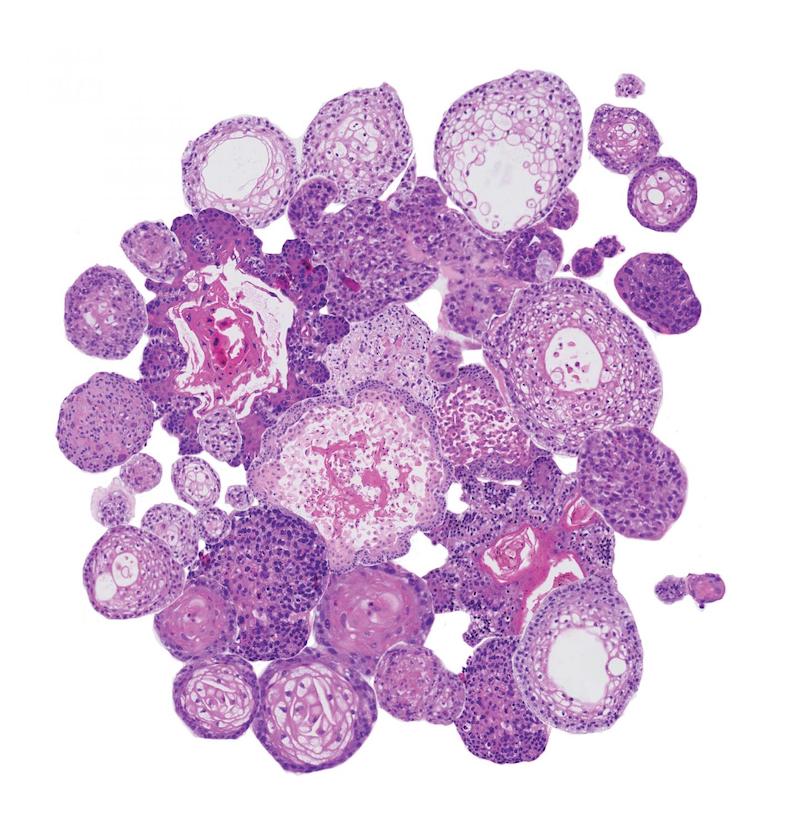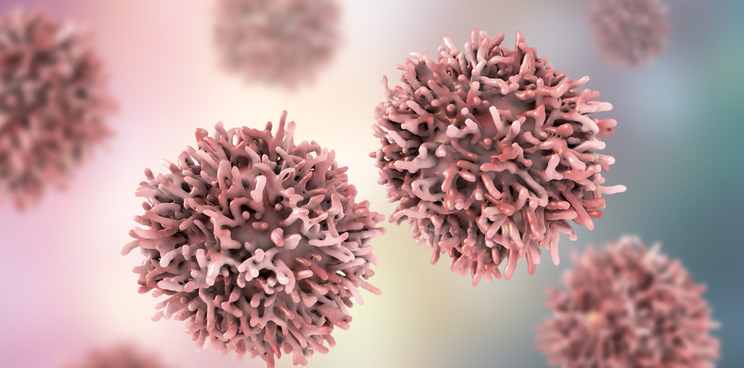A team of Dutch researchers has developed the first 3D organoids from patients’ head and neck cancer cells that can be kept alive for a long time, giving physicians a model to test which cancer treatments are the most effective for each patient.
Head and neck cancer is an aggressive disease that often requires harsh chemotherapy and radiotherapy to treat. It is possible to test cancer treatments in cell cultures to personalize them to the patient, but cell cultures are difficult to grow, and don’t accurately represent the solid tumor environment.
To solve this problem, a research group based in the Dutch Hubrecht Institute and UMC Utrecht have developed 3D organoids from cells taken from patients’ head and neck tumors. In a study published in Cancer Discovery, the group tested the effect of chemotherapy and radiotherapy on organoids, and found that the organoid response to radiotherapy predicted the responses of seven patients to the same treatment.
“Patients with this tumor type have a poor prognosis, and, despite harsh chemotherapy combined with radiotherapy, about 40% of patients relapse,” Else Driehuis, one of the lead researchers, told me. “It would be wonderful in the future if we could identify these patients in advance, so that they don’t have to undergo this terrible treatment which wouldn’t benefit them.”

The head and neck cancer organoids are the first that can live in a petri dish for a long time. They also proved easier to grow than cell cultures and better represented the diverse cell types in the tumor. As a bonus, the group was even able to test treatments on organoids grown from the patient’s healthy tissue. In contrast, cell cultures of non-cancer cells generally require genetic modification to help them proliferate, making them less accurate models.
The scientists now plan to test the personalization potential of these organoids in fifty head and neck cancer patients. “It’s important to stress that we still need to show that what we see in the lab is indeed predictive of what is happening in the patient,” Driehuis said to me. “But … others have shown this for example in colon cancer organoids.”
The group is also contributing its collection of 31 types of head and neck cancer organoids to Hubrecht Organoid Technology, a non-profit organization that keeps an organoid biobank for companies and researchers hoping to test drug candidates on cancer cell organoids.
Organoids are a fast-growing field, with models being developed for diseases in the placenta and the brain. They are also a form of technology that has the potential to reduce the number of animal models required in the drug development process in the future.
Images from Shutterstock and Else Driehuis, Hubrecht Institute





